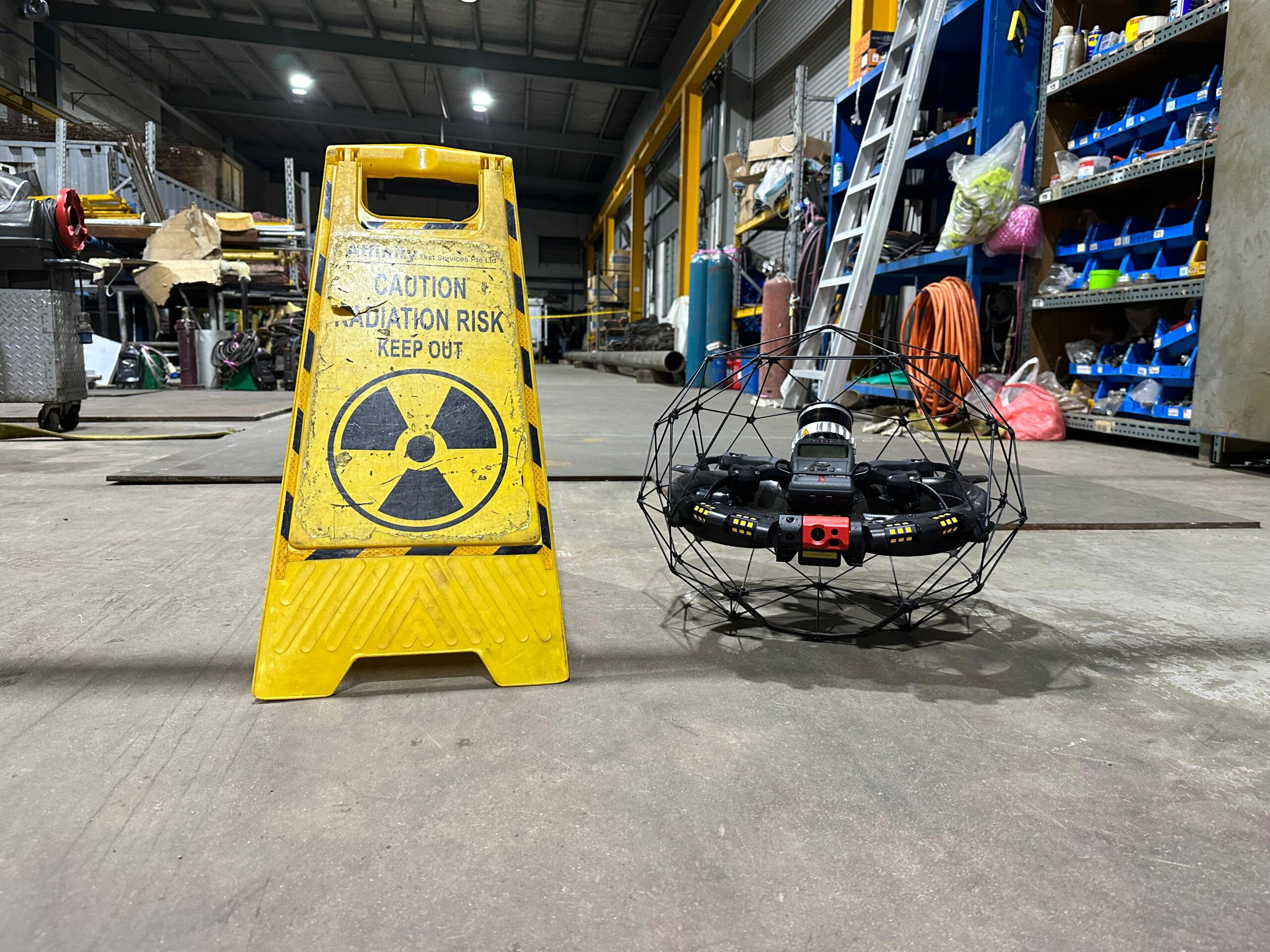Background
Radiation detection involves the identification and measurement of nuclear radiation using specialized instruments. These instruments are designed to detect various types of radiation, including alpha, beta, gamma, and neutron radiation. They are crucial in applications such as monitoring radiation exposure, detecting radiation sources, and ensuring safety in environments where radiation is present.
One of the significant challenges in radiation detection is the potential risk to operators. Many radiation detection instruments are handheld devices, which often necessitate that operators enter areas with elevated radiation levels to detect and locate radiation sources or leaks.
The Elios 3 Radiation Detection (RAD) Payload addresses this challenge by enabling operators to perform radiation detection remotely, using the Elios 3 UAV, without the need to enter potentially contaminated areas.
Case Study: Remote Radiation Detection Using the Elios 3 UAV with RAD Payload
The VISCOY field operations team recently conducted a Proof-of-Concept (POC) flight for a local public security organization, using the Elios 3 UAV equipped with the RAD payload to detect a live radiation source.
In Singapore, the regulatory authority responsible for radiation safety is the Radiation Protection and Nuclear Science Group (RPNSG), a division of the National Environment Agency (NEA). For this POC, a licensed radiation operator was engaged, and special approval was granted by the NEA to deploy a live radiation source.
The POC was conducted in a controlled workshop environment with restricted access to minimize radiation exposure risks. A designated safety zone was established, and the area surrounding the radiation source was clearly marked and cordoned off to ensure safety.
The Elios 3 UAV, equipped with the RAD payload, was deployed at a safe distance from the radiation source. The pilot then conducted a scanning flight, flying near the roof in a carpet scanning flight path to cover the entire warehouse area.
The RAD payload provided real-time feedback to the operator, displaying both the radiation levels at specific locations and the accumulated radiation dose at each point along the flight path. Additionally, the Elios 3, equipped with an onboard LiDAR system, created a 3D map of the warehouse in real time, providing a visual representation of the surroundings. The UAV’s flight path was also represented in the 3D model, color-coded to indicate radiation levels at each location. This allowed the operator to pinpoint the exact location of the radiation source within the warehouse.
Once the radiation source was located, the Elios 3 descended from its higher altitude to visually identify the source. Despite the warehouse being congested with goods and equipment, the Elios 3 demonstrated its capability as the ideal platform for such environments. Designed for stable flight in GPS-denied areas and capable of contact in flight, the Elios 3 handled the challenging conditions effectively.
Key Benefits of Using the Elios 3 + RAD Payload for Radiation Detection:
- Safety: The Elios 3 UAV eliminates the need for operators to enter potentially contaminated areas, significantly reducing the risk of radiation exposure.
- Speed: Radiation detection can be performed efficiently from a safe, remote location, enabling faster response times compared to traditional methods.
- Enhanced Coverage: As a UAV platform, the Elios 3 can cover more area in less time than handheld or ground-based platforms, ensuring comprehensive coverage.
- Comprehensive Documentation: Radiation levels at various locations are automatically recorded and mapped onto the UAV’s flight path, creating a detailed, verifiable record that can be referenced for future analysis.
- Ease of Deployment: The UAV system can be rapidly deployed in challenging or hazardous environments, minimizing operational downtime.
Repeatability: Inspections can be consistently repeated with high precision, ensuring reliable results over time.
Conclusion
The integration of the Elios 3 UAV with the RAD payload represents a significant advancement in radiation detection technology. It offers a safe, efficient, and scalable solution for monitoring radiation levels, making it an invaluable tool for ensuring safety in environments where radiation exposure is a concern. This approach not only enhances operational efficiency but also significantly reduces risks to personnel, setting a new standard for remote radiation detection.
Q&A
Click edit button to change this text. Lorem ipsum dolor sit amet, consectetur adipiscing elit. Ut elit tellus, luctus nec ullamcorper mattis, pulvinar dapibus leo.
Click edit button to change this text. Lorem ipsum dolor sit amet, consectetur adipiscing elit. Ut elit tellus, luctus nec ullamcorper mattis, pulvinar dapibus leo.
Click edit button to change this text. Lorem ipsum dolor sit amet, consectetur adipiscing elit. Ut elit tellus, luctus nec ullamcorper mattis, pulvinar dapibus leo.
Click edit button to change this text. Lorem ipsum dolor sit amet, consectetur adipiscing elit. Ut elit tellus, luctus nec ullamcorper mattis, pulvinar dapibus leo.
Click edit button to change this text. Lorem ipsum dolor sit amet, consectetur adipiscing elit. Ut elit tellus, luctus nec ullamcorper mattis, pulvinar dapibus leo.


